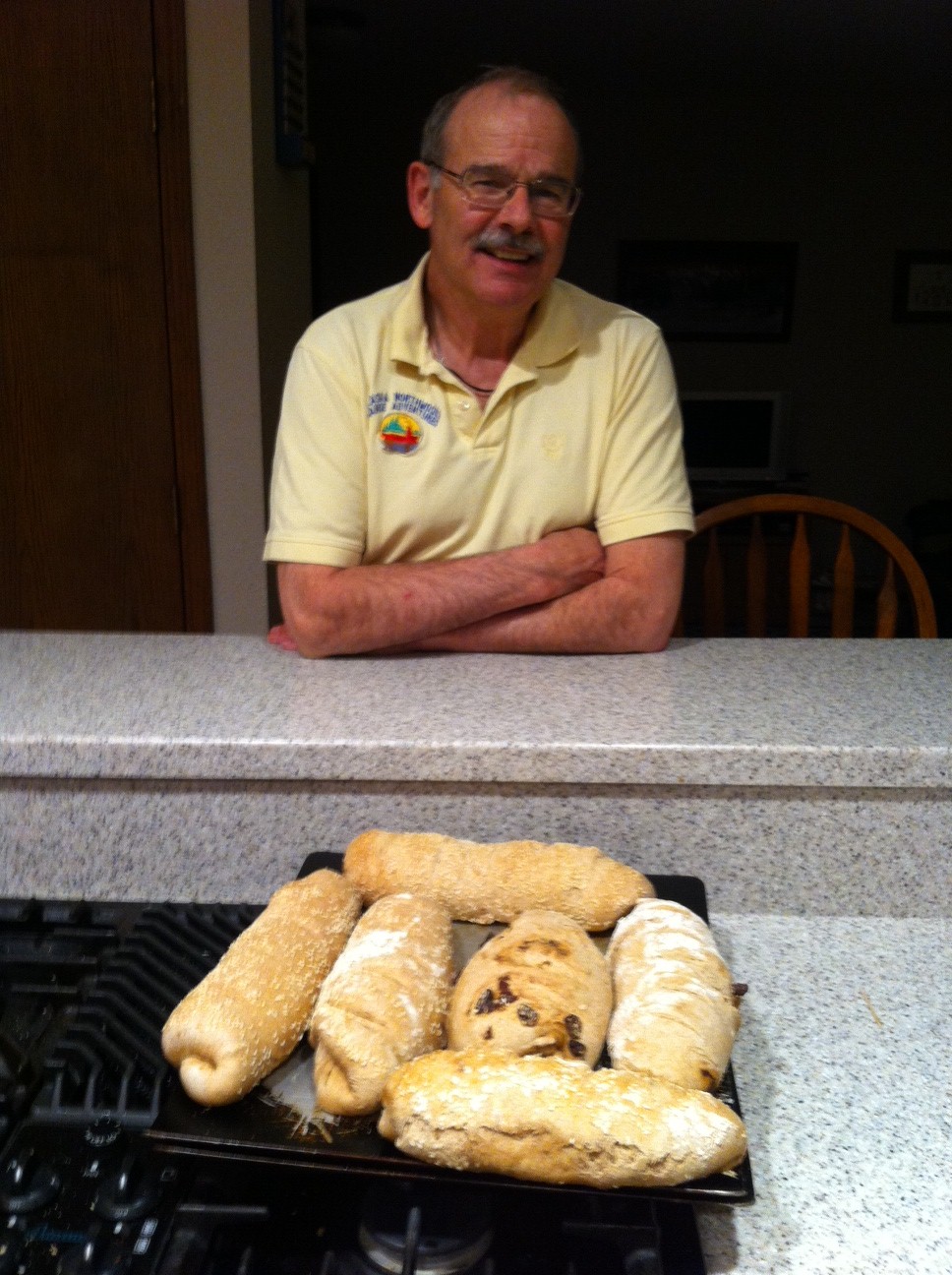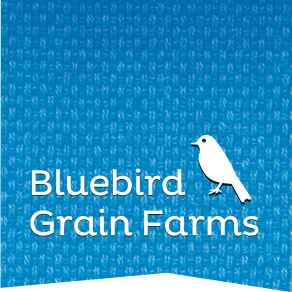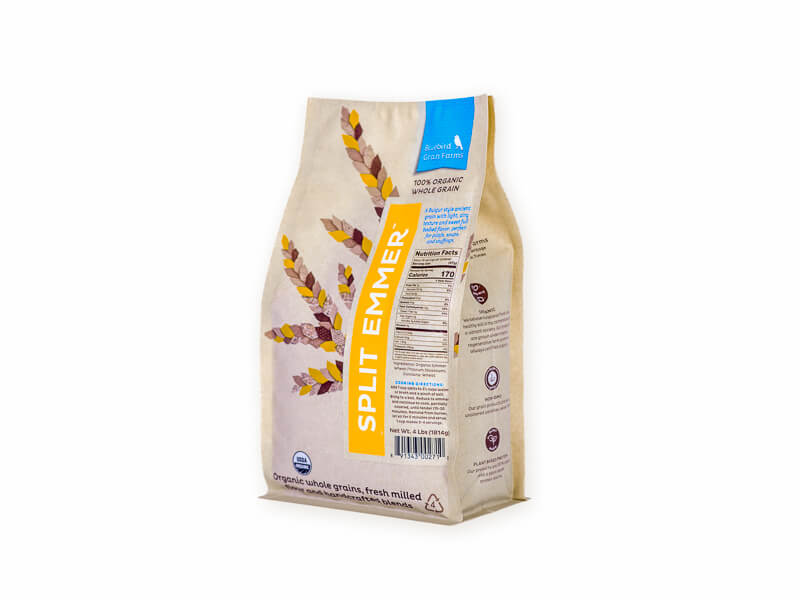
When I call Bob Bird and introduce myself he commands me to “Say it like an Italian!” Startled, I introduce myself again, this time with the proper accents and flourish, “Mi chiamo Ashley Lo-DAH-to!” My name is Ashley Lodato. Then he starts rattling away to me in rapid-fire Italian. All I can do is repeat myself, “Ho dimenticato quasi tutto,” I have forgotten almost everything.”
I may have lost most of my Italian, but Bob Bird most certainly has not. The product of a wartime romance between his Italian mother and his Wisconsin father in the 1940s, Bob Bird remains decidedly connected to his Italian heritage. Which seems a bit unusual, when you consider the fact that he was raised in the Midwest and has resided in southern Alaska for decades; neither place is exactly a hotbed of Mediterranean culture. But most of Bird’s family back in Italy never learned English, he says, “So if I wanted to talk to my saintly beautiful grandmother I had to learn Italian.”
The Italian language was not the only gift Bird’s grandmother gave him; she also imparted to him a love of baking bread. “My grandmother made bread every day,” says Bird. “It was white bread, Tuscan style. I wanted to do that.” Tuscan bread is unique, and often requires a knowing palate to be fully appreciated. It’s dense and unsalted, and is typically used to accompany the main meal as a vehicle for mopping up sauces. The bread has little flavor of its own, instead absorbing the flavors of whatever food it complements. (When it’s fresh from the oven, however, Bird’s wife, Rosemary, comments that it’s “as good as dessert!”).
Bird had been baking Tuscan bread for years, along with homemade pasta and gnocchi (dumplings), when he had a stroke and was told to give up grains from his diet. “My health advisor [Rolfer Mark Hutton] told me that I had to scratch some things permanently from my diet–grains, potatoes, rice–I told him ‘You can’t possibly tell me that bread is off the list!'” That is indeed what Hutton was advising, however. But he threw Bird a lifeline, telling him, “When I really want to make pancakes or waffles, I get grains from this place that does not have the growth hormones and other additives they’re putting in grains these days.” And that was Bob Bird’s introduction to Bluebird Grain Farms.
Bird placed an order immediately and a few days later made a batch of bread with Bluebird grains–the first of the hundreds of loaves he has made since. “I like to bake six loaves at a time,” he says. “I make small loaves and freeze them, so they don’t get moldy.” The neighbors, it seems, can’t get enough of Bird’s twice-risen bread, so Bird supplies not only his own household but also those around him who are clever enough to just happen to drop by on baking day.
Despite a military background, Bird doesn’t seem like the kind of guy to stick rigidly to routine, and his Tuscan bread reflects this free spirit. “I put salt in my Tuscan bread,” he says unapologetically.” Poppy seeds and sesame seeds on occasion, as well. He also experiments with different blends of flour. “I get the best compliments when I use the Red Wheat and the Emmer for the flavors,” he says, “but I also love the Pasayten Hard White.” Bird also uses Bluebird’s farro pasta flour to make gnocchi (with white sauce and shrimp) and acknowledges that he sees the value of using Bluebird’s pancake and waffle mix, but prefers making his own from scratch using that beloved Pasayten Hard White.
Pizza, too, is a staple in the Bird household. “I’m constantly improving my technique,” says Bird, referring to the process of letting his crust (that Pasayten Hard White flour again!) age in the refrigerator for 2 days without rising before pre-baking the crust at 500 degrees (“I wish my oven went above 500!” he laments), adding toppings and pesto, and returning it to the oven for 5 more minutes. “I take college kids in the Alaska League Baseball program into my house every summer,” says Bird, “and they love this pizza.”
 If you’re thinking that all this time for baking means that Bird is a retiree, think again. True, he is retired from 40 years of teaching public school. But he still teaches at Kenai Peninsula College as an adjunct faculty member, instructs a local homeschool program, coaches youth hockey, hosts a radio program with KSRM, and, if internet photos are any indication, enjoys hunting and fishing trips. (“I have a cornucopia of activities,” says Bird.) Oh, and he also ran twice for the US Senate, in 1990 and 2008. “I don’t flinch from being in the hot seat,” Bird says.
If you’re thinking that all this time for baking means that Bird is a retiree, think again. True, he is retired from 40 years of teaching public school. But he still teaches at Kenai Peninsula College as an adjunct faculty member, instructs a local homeschool program, coaches youth hockey, hosts a radio program with KSRM, and, if internet photos are any indication, enjoys hunting and fishing trips. (“I have a cornucopia of activities,” says Bird.) Oh, and he also ran twice for the US Senate, in 1990 and 2008. “I don’t flinch from being in the hot seat,” Bird says.
It was while he was on a radio talk show discussing political issues that Bird was offered his own program. “After one of my political appearances they said to me, ‘We’d like you to create your own show.'” A homeschool student came up with the name–The Bird’s Eye View–and Bird comes up with the content. Characteristically, he does not limit himself to one genre. “I talk about politics, art, religion, and all things Alaska–plane crashes, bear attacks,” says Bird. The Bird’s Eye View, which has a listening audience of 50,000 airs from 3-5pm Alaska Time, Monday through Friday.
In February 2017, Bird interviewed farmer Sam Lucy on The Bird’s Eye View and shared with Sam his own health successes with Bluebird’s grains, despite advice to quit bread. In March, Bird says, another listener called in saying, “I heard your show about that grain farm and ordered some.” The caller was very appreciative, notes Bird.
It’s conversations like these that intrigue Bird, for they help him forge connections with listeners from around the state and across the country, and which help determine his path forward with The Bird’s Eye View. ”
I’m still learning,” Bird says, “but it’s a lot of fun.”

